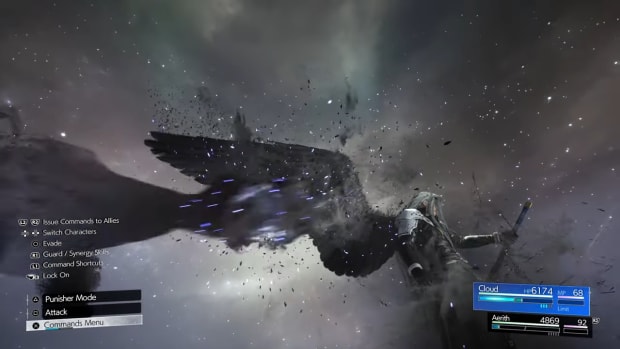EA Sports WRC hands-on preview: racing like it’s Tetris Effect
It took a long while, but Codemasters - the ruler of rally - and WRC are finally together. And so, ahead of its launch this November, we got our hands on EA Sports WRC, the new official video game of the World Rally Championship, and see how it’s shaping up.
If you enjoyed the previous Dirt Rally games, you know what to expect, and you probably can’t wait to dive in. For everyone else, we’ll give you our early impressions based on the first few hours of racing, focusing on pure gameplay rather than the many game modes included, which we’ll cover later in our full review.
At first glance, it looks like a less hardcore and more accessible experience than the original Dirt Rally. That’s not to say that it’s a less challenging game.
When it comes to making you play against yourself, Codemasters is still unrivaled. The level of synesthesia you achieve when you tune to your co-driver’s frequency and your engine’s vibes is closer to Tetris Effect than to any other racing game, where music plays to the rhythm of the game, and vice versa.
It’s always been a Dirt Rally trademark, and speaking more broadly, a trademark of the real sport. However, EA Sports WRC heightens this feeling thanks to more precision control behind the wheel. Your car goes where you want it to all the time, and anytime something goes wrong, you know it’s your fault, and that you have the tools to learn the lesson and do better next time.
When the team revealed the game, we were told how tarmac handling would change compared to Dirt Rally 2.0, and it shows. In previous Codemasters games, you kind of felt on rails, slipping through corridors with little agency. Now, nuances such as countersteering, touching the dirt at the edge of the track, and staying on your best trajectories all make a difference.
There’s a huge difference between surfaces, too. Switching from tarmac to gravel is like moving to a different game. Tarmac feels more regular, and you can take some risks by cutting your braking times, but without overdoing it, and being careful with obstacles on the edge of the track. Gravel is a genuine rally experience. Here, you lose your rear end anytime you go full gas, and you need to constantly move your wheel around to keep the right trajectory. It’s a relentless chase between the pedals, and a profoundly different experience.
Lighting and weather conditions, including rain and snow, further alter how you feel each surface. Extreme weather can put a strain on your car’s mechanics, but taking hits is even worse - once you’ve raced without headlights at nighttime once, you won’t want to do it again.
Damage seems more nuanced than simply being okay or having to retire the car. A head-on impact can lead to many different types of damage, depending on the speed and your vehicle, ranging from merely cosmetic to seriously affecting handling.
There’s a strategic element in repairs that makes this a more hardcore driving experience. You never have time to fix all the damage, so you need to choose which parts are the most important to put back together, and which failures you can tolerate based on your driving style.
Our first impressions are strong, and quite frankly, we’re already looking forward to getting back to the game. We’ll have much more to share in the coming weeks, when we can get our hands on the full game in time for our EA Sports WRC review. In the meantime, you can learn more about EA Sports WRC Career and Builder Mode, and how moving to Unreal Engine impacted tracks, cars, and handling in our EA Sports WRC preview.





